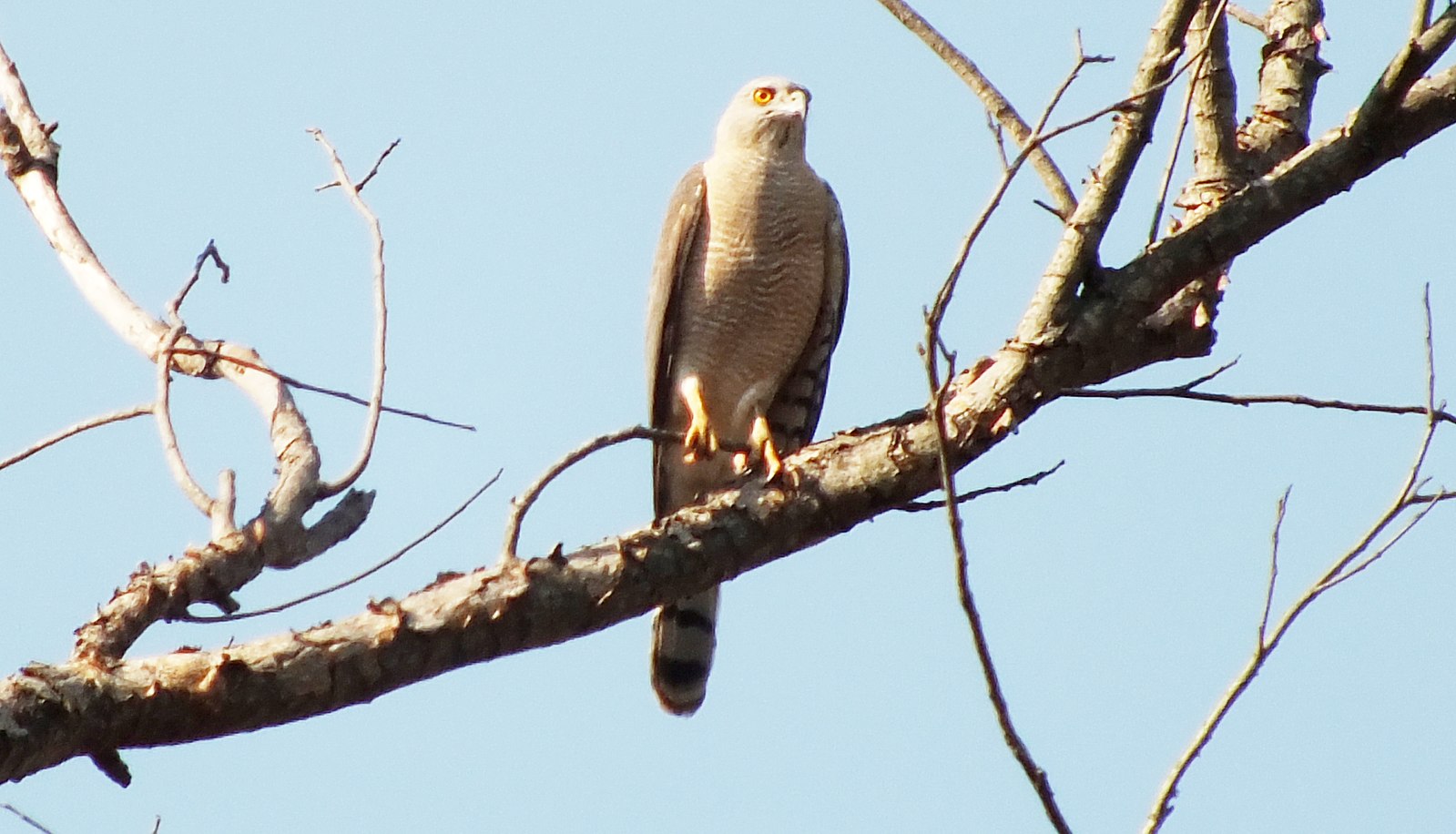Shikras, also known as Accipiter badius, are small birds of prey that belong to the family Accipitridae. They are widely distributed in Asia and Africa and are known for their hunting skills and predatory behavior. However, the question remains, do shikras eat plants?
No, Shikras Do Not Eat Plants
After conducting a thorough search and analysis of various sources, it is clear that shikras do not eat plants. They are strictly carnivorous, and their diet consists of small animals, rodents, birds, reptiles, and insects. There is no evidence or mention of shikras consuming plant material in any of the sources reviewed.
Shikras’ Carnivorous Diet
 Image source: SHIKRA by Shiv’s fotografia
Image source: SHIKRA by Shiv’s fotografia
Shikras are known to feed on a variety of small animals, including rodents such as Meriones hurrianae, squirrels, small birds, small reptiles (mainly lizards but sometimes small snakes), and insects. They have been observed hunting and feeding on emerging winged termites, small bats, and even carrion in rare instances.
Shikras as Skilled Hunters
Shikras are also known to have a pluck and ability to take much larger birds, including partridges, crows, and even young peafowl. They were frequently used by falconers in India and Pakistan to procure food for more prized falcons due to their ease of training and hunting skills.
Shikras’ Habitat and Behavior
Shikras are widely distributed in Asia and Africa, and they can be found in a variety of habitats, including forests, woodlands, and urban areas. They are known for their agile and acrobatic flight, which they use to hunt their prey. Shikras are also known to be territorial and will defend their hunting grounds from other predators.
Shikras’ Physical Characteristics
Shikras are small birds of prey, with a body length of around 30-38 cm and a wingspan of 55-70 cm. They have a distinctive gray or brown plumage, with a white or pale underside. Their sharp talons and hooked beak are well-adapted for catching and tearing their prey.
Shikras’ Hunting Techniques
Shikras are known to use a variety of hunting techniques to catch their prey. They may perch on a high vantage point and wait for their prey to come within range, or they may actively hunt by flying low and fast through the vegetation. Shikras are also known to use their agility and speed to surprise their prey, often swooping down from above to catch their target.
Shikras’ Role in the Ecosystem
As predators, shikras play an important role in the ecosystem by helping to control the populations of small animals and insects. They are also an important part of the food chain, serving as prey for larger birds of prey and other predators.
Conservation Status of Shikras
The shikra is classified as a Least Concern species by the International Union for Conservation of Nature (IUCN). However, their populations may be threatened by habitat loss, hunting, and the use of pesticides. Conservation efforts are important to ensure the continued survival of this species.
In conclusion, shikras do not eat plants. They are strictly carnivorous and their diet consists of small animals, rodents, birds, reptiles, and insects. Their predatory behavior and hunting skills have made them a favorite among falconers and a feared predator in their native habitats.


